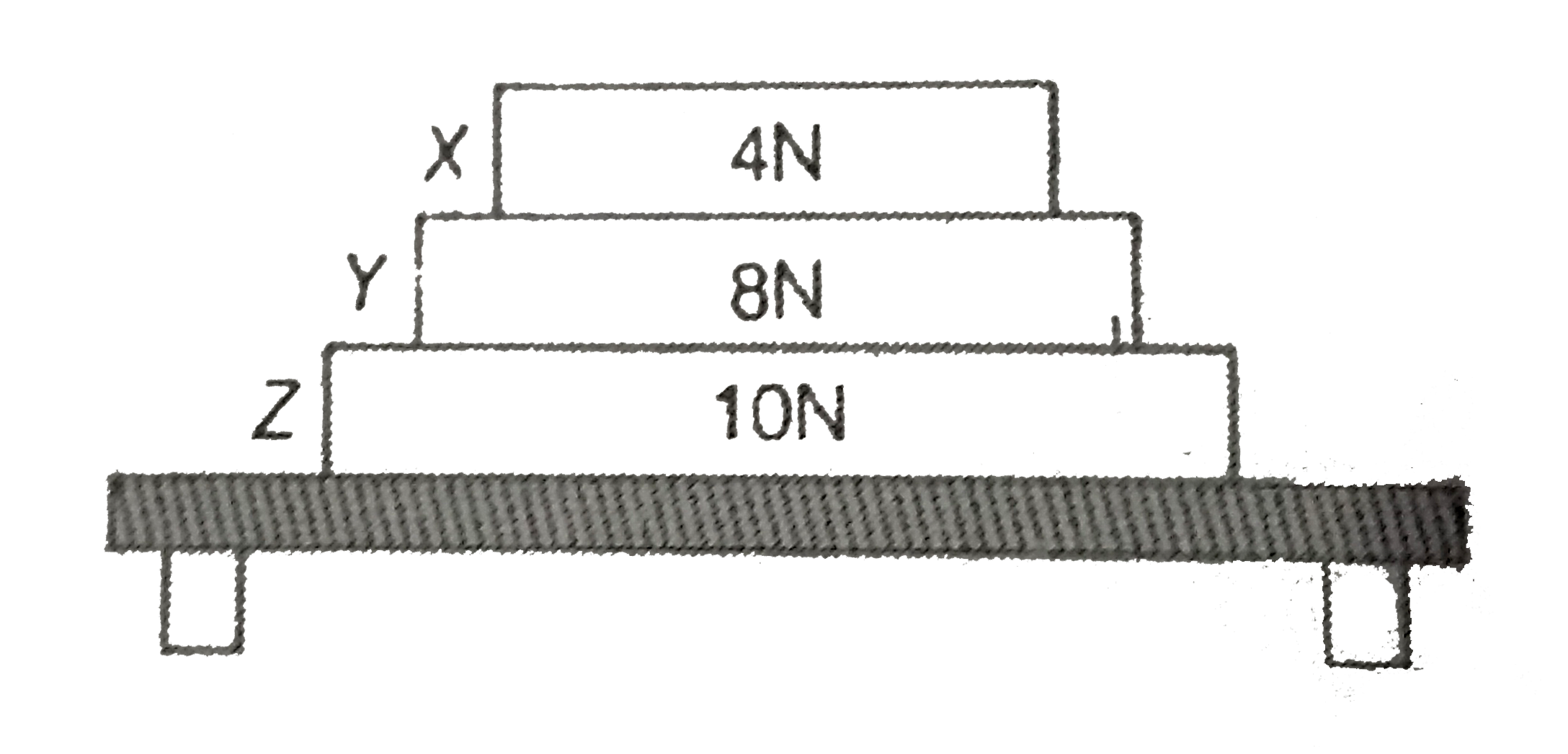Consider a book lying on a table. The weight of the book and the nromal force by the table on the book are equal in magnitude and opposite in direction. Is this an example of Newton's third law?
To determine whether the scenario of a book lying on a table is an example of Newton's third law, we can analyze the forces acting on the book and the table step by step.
1. Identify the Forces Acting on the Book:
- The book experiences two main forces:
- The weight of the book (W) acting downward, which is given by W=mg (where m is the mass of the book and g is the acceleration due to gravity).
- The normal force (N) exerted by the table acting upward.
2. Analyze the Magnitude of Forces:
- According to the scenario, the weight of the book and the normal force are equal in magnitude:
N=W⟹N=mg
3. Direction of Forces:
- The weight of the book acts downward, while the normal force acts upward. These forces are equal in magnitude but opposite in direction.
4. Understanding Newton's Third Law:
- Newton's third law states that for every action, there is an equal and opposite reaction. This means that if the book exerts a force on the table, the table exerts an equal and opposite force back on the book.
- In this case, the book exerts a downward force on the table equal to its weight (mg), and the table exerts an upward normal force on the book, which is also equal to mg.
5. Conclusion:
- Since the forces between the book and the table are equal in magnitude and opposite in direction, and they act on two different bodies (the book and the table), this scenario is indeed an example of Newton's third law.
Final Answer:
Yes, this is an example of Newton's third law.
---
- The book experiences two main forces:
- The weight of the book (W) acting downward, which is given by W=mg (where m is the mass of the book and g is the acceleration due to gravity).
- The normal force (N) exerted by the table acting upward.
- According to the scenario, the weight of the book and the normal force are equal in magnitude:
N=W⟹N=mg
- The weight of the book acts downward, while the normal force acts upward. These forces are equal in magnitude but opposite in direction.
- Newton's third law states that for every action, there is an equal and opposite reaction. This means that if the book exerts a force on the table, the table exerts an equal and opposite force back on the book.
- In this case, the book exerts a downward force on the table equal to its weight (mg), and the table exerts an upward normal force on the book, which is also equal to mg.
- Since the forces between the book and the table are equal in magnitude and opposite in direction, and they act on two different bodies (the book and the table), this scenario is indeed an example of Newton's third law.
Yes, this is an example of Newton's third law.
Topper's Solved these Questions
- BOOK - HC VERMA ENGLISHCHAPTER - NEWTON'S LAWS OF MOTIONEXERCISE - Exercises42videos
NEWTON'S LAWS OF MOTION
- BOOK - HC VERMA ENGLISHCHAPTER - LAWS OF THERMODYNAMICSEXERCISE - All Questions64videos
LAWS OF THERMODYNAMICS
- BOOK - HC VERMA ENGLISHCHAPTER - PHYSICS AND MATHEMATICSEXERCISE - Question for short Answer14videos
PHYSICS AND MATHEMATICS
Similar Questions
Knowledge Check
- Question 1 - Select One
A book lying on a table is an example of:
Aa body at restBa body in motionCa body neither at rest nor in motionDnone of these - Question 2 - Select One
A book is lying on the table. What is the angle belween the action of the book on the table and the reaction of the table on the book?
A0∘B45∘C90∘D180∘
A book whose mass is 2 kg rests on a table. Find the magnitude of the force exerted by the table on the book.
View SolutionTwo blocks of unequal masses are tied by a spring. The blocks are pulled stretching the spring slightly and the system is released on a frictionless horizontal platform. Are the forces due to the spring on the two blocks equal and opposite. If yes, is it can example of Newton's third law?
View SolutionA book of mass 5 kg is placed on a table and it is pressed by 10 N force then normal force exerted by the table on the book is
View SolutionTwo forces each equal to F/2 act at right angle. Their effect may be neutralized by a third force acting along their bisector in the opposite direction. What is the magnitude of that third forces.
View SolutionA book is kept on the table as shown in the diagram. Copy the diagram and mark the action reaction forces with their directions.
 View Solution
View SolutionThe following table shows the expenditure of 60 boys on books. Find the mode of their expenditure:
View Solution


